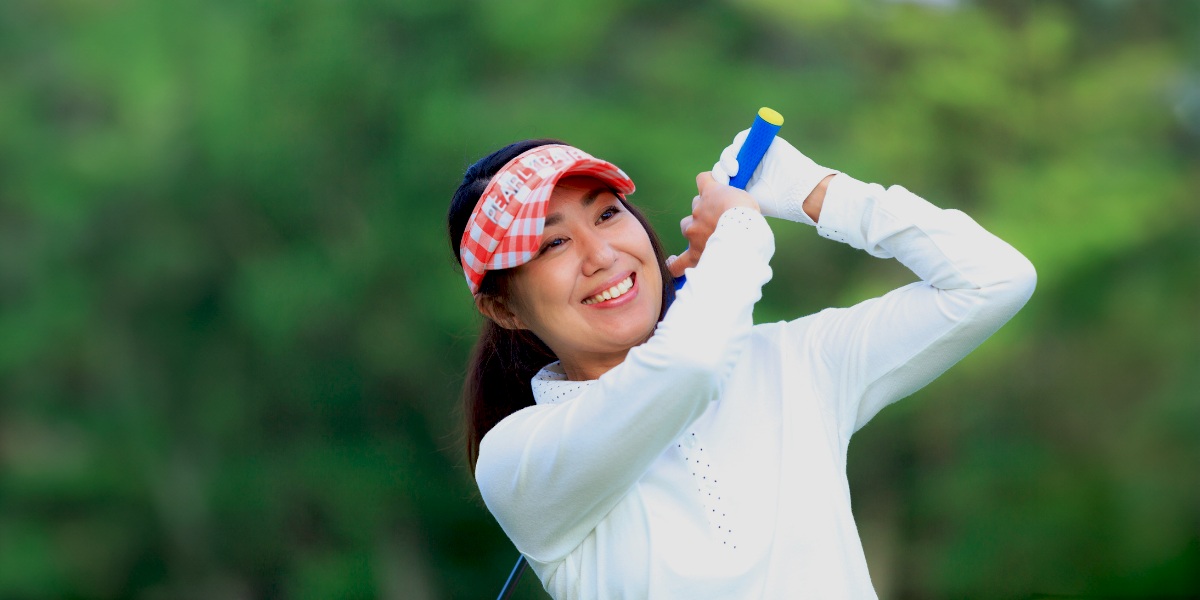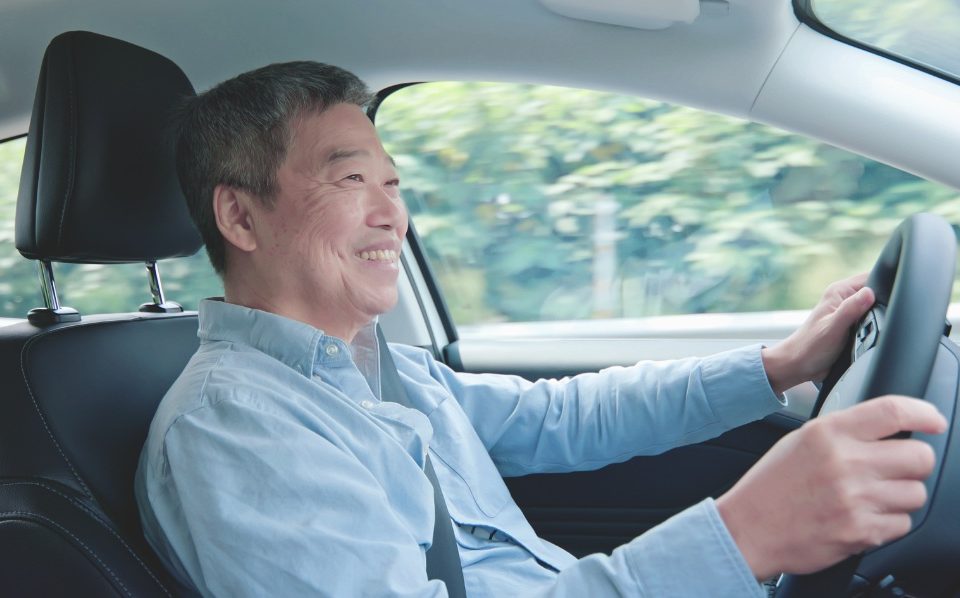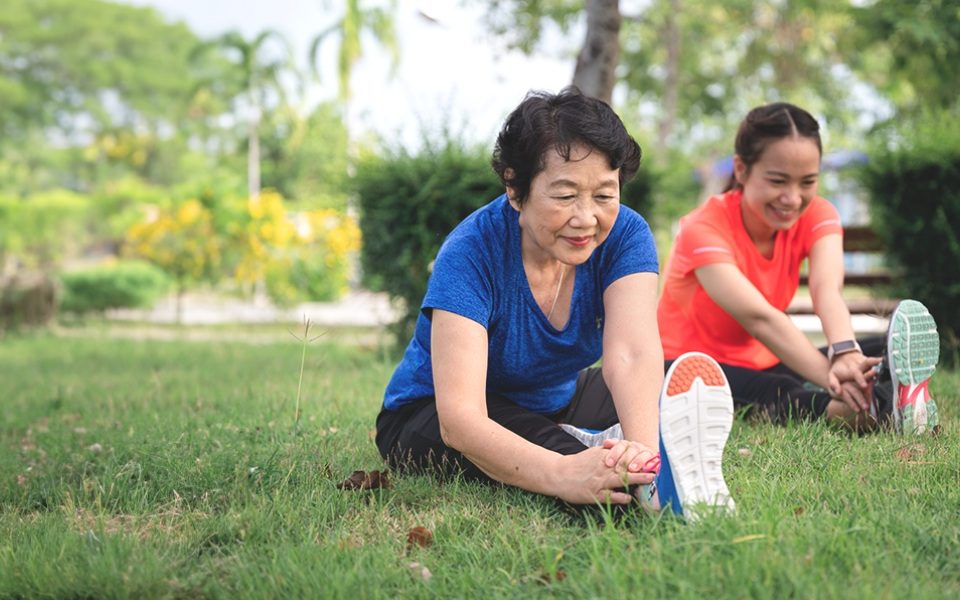Golfer's Elbow Treatment and Rehabilitation
Golfer’s elbow, medically referred to as medial epicondylitis, is a common elbow condition caused by overuse injuries. While it is less common than Tennis elbow, or lateral epicondylitis, Golfer’s elbow accounts for approximately 10% to 20% of all epicondylitis. Studies suggest that Golfer’s elbow is prevalent within 0.4% of the population.
Jump to

Manage your frozen shoulder at Regis Wellness
High quality, effective, holistic treatments
What is Golfer’s Elbow?
Golfer’s elbow is a condition that causes pain and inflammation to the tendons connecting the forearm to the elbow. This condition is typically caused by an overuse of the forearm, wrist and arm, resulting in tiny tears in your tendons, causing wrist, elbow and forearm pain. The pain caused by Golfer’s elbow generally begins at the bony bump on the inside of your elbow and can radiate outwards, spreading into your forearm and wrist. While Golfer’s elbow sounds like a sports injury, approximately 90% of people with Golfer’s elbow develop it as a result of non-sports related reason.
What Causes Golfer’s Elbow?
Golfer’s Elbow is generally caused by overuse injury, where repeated movements, especially forceful wrist and finger movements lead to excess or repeated stress, damaging your muscles and tendons. In addition, poor form when lifting, throwing or hitting, or failing to warm up appropriately before vigorous sporting activities may contribute to the development of Golfer’s elbow.
Common activities and occupations involved in the development of Golfer’s elbow include:
- Racket sports such as tennis or badminton. Repeated usage of improper form and strokes may cause damage to your tendon. Using a racket that does not suit you, such as one that is too small or too heavy can also result in injuries.
- Throwing sports such as baseball and softball. These sports require repetitive motions from your wrist, forearm and elbow, making players prone to injuries that can contribute to the development of Golfer’s elbow.
- Weight training. Improper form and technique when lifting can lead to injury. In the case of Golfer’s elbow, weightlifting activities involving the curling of the wrist may put you at risk. For example, curling the wrists when doing a bicep curl may overload the elbow muscles and tendons.
- Forceful, repetitive occupational movements involving the forearm, elbow and wrist. These are common in fields such as construction, plumbing and carpentry.
Symptoms of Golfer’s Elbow
If you have Golfer’s elbow, you may experience the following symptoms:
- Stiffness in the affected elbow.
- Tenderness and pain on the inner side of the elbow.
- Pain that is experienced when carrying out certain motions such as making a fist or swinging a golf club.
- Tingling or numbness in your fingers, typically the ring and little fingers.
- Weakness in your hands and wrists.
Risk Factors of Golfer’s Elbow
The following factors may increase your risk of developing Golfer’s elbow. These include:
- Age 40 and above
- Carrying out repetitive physical activity involving the forearm, wrist and elbow, for at least two hours a day
- Being obese
- Being a regular smoker
Complications of Golfer’s Elbow
Golfer’s elbow usually heals on its own with over time, given sufficient rest. However, if you choose to ignore the condition and continue to carry out vigorous physical activities involving the forearm, elbow and wrist, you may end up aggravating the injured muscles and tendons, leading to complications. Common complications of Golfer’s elbow include:
- Persistent, chronic pain in the affected areas.
- Reduced range of motion of the affected elbow.
- Weakened grip strength.
Diagnosing Golfer’s Elbow
To diagnose Golfer’s elbow, your doctor will examine your medical history and conduct a physical examination. Your doctor may also apply pressure to the affected areas of your arm and ask you to conduct various movements to evaluate your degree of pain and stiffness. If your doctor suspects that your condition may be a result of other causes such as a fracture or arthritis, an X-ray may be suggested.
Preventing Golfer’s Elbow
While Golfer’s elbow may be unavoidable, there are some steps in which you can take to lower your risk of developing the condition. These include:
- Conducting proper warmups and stretches prior to sporting activity. Paying special attention to your wrists and forearms while stretching is recommended, especially if you have had Golfer’s elbow before.
- Adjusting your sporting equipment to better suit you can be helpful in preventing Golfer’s elbow. For example, using a racket that is of a suitable weight, with a proper fitting grip.
- You may need to adjust your technique and form, especially if you have been playing with the incorrect technique and form. Poor form and technique will increase your risk of sporting injuries.
Treatment Methods for Golfer’s Elbow
Rest
The first step to treating any injury is to rest the affected areas of the body. Giving your arm a break is essential in preventing further injuries or additional strain and starting off the recovery process of your injured muscles or tendons.
Ice
Applying ice packs to your injured arm with pressure can help to alleviate symptoms of pain. Ice packs should be applied for up to 20 minutes at a time, three to four times a day. You may want to wrap the ice packs in a thin towel to protect your skin.
Use a brace
Using a counterforce brace on your affected arm can help with reducing tendon and muscle strain. The counterforce brace can work as a short-term relief for your Golfer’s elbow while you work on long-term solutions such as physiotherapy for your condition. Ensure that your brace fits well for optimal results. The brace should not be worn too tightly, and you should not feel pain while wearing it.
Anti-inflammatory medication
Non-steroidal anti-inflammatory drugs (NSAIDs) such as ibuprofen and diclofenac can be effective in relieving symptoms of pain.
Injections
Cortisteroid injections may be prescribed as short-term pain relief for your Golfer’s elbow. Multiple injections, however, are not recommended due to the risk of side-effects.
Surgery
If conventional treatment methods do not work for your Golfer’s elbow, even after a prolonged period of time over six to twelve months, surgery might be an option. The surgical procedure may involve the removal of damaged tissue, build-up of scar tissue, or extra bone which may be pressing on the tendon.
Physiotherapy for Golfer’s Elbow
Physiotherapy can be an effective treatment method for Golfer’s elbow, especially for cases where the condition persists even after a prolonged period of rest and causes chronic pain. Physiotherapy employs targeted exercises, manual therapy, and modalities to address golfer's elbow. These treatments aim to strengthen muscles, reduce inflammation, and improve mobility in the affected area, promoting healing and reducing pain.
Manual Therapy and Exercises
Hands-on techniques such as soft tissue massage, joint mobilisation, and myofascial release are used to alleviate muscle tension, improve blood flow, and promote healing in the elbow. Strengthening and stretching exercises may also be prescribed to improve flexibility and strength in the forearm muscles while reducing strain on the affected tendon.
Deep Tissue Massage
Deep tissue massage can be an effective form of treatment for your Golfer’s elbow. It targets the deeper layers of your muscles to relieve and treat muscle and tendon pain, stiffness and injuries. Deep tissue massages involve the use of deep, slow, long pressure to press into the deeper layer of your muscle or tendon. Lotion and cream will be used during your deep tissue massage for optimal effects.
Ultrasound Therapy
Ultrasound therapy involves the use of high-frequency sound waves to generate heat deep within the tissues of the affected area. In the case of golfer's elbow, ultrasound therapy can help promote blood flow, reduce inflammation, and accelerate tissue healing. The heat generated by ultrasound can also help to relax muscles and alleviate pain in the affected tendon.
TENS Therapy
Transcutaneous Electrical Nerve Stimulation delivers low-voltage electrical impulses through electrodes placed on the skin near the site of pain. These electrical impulses can help to block pain signals from reaching the brain, providing relief from discomfort associated with golfer's elbow. TENS therapy also stimulates the release of endorphins, the body's natural pain-relieving chemicals, further reducing pain perception. TENS is a non-invasive and drug-free treatment option that can be used alone or in combination with other physiotherapy modalities to manage symptoms of golfer's elbow.
TCM for Golfer’s Elbow
TCM utilises acupuncture, herbal medicine and cupping therapy to alleviate symptoms of golfer's elbow. By restoring balance and harmony within the body, TCM aims to reduce pain, inflammation, and promote healing in the affected tendon.
TCM Acupuncture
Acupuncture involves the insertion of fine needles into specific acupuncture points to stimulate Qi flow and promote healing. It can help reduce pain, inflammation, and improve blood circulation around the elbow joint.
TCM Herbal Medicine
TCM herbal remedies may be prescribed to address underlying imbalances and alleviate symptoms of golfer's elbow. Herbal formulas may include herbs with anti-inflammatory and pain-relieving properties.
TCM Cupping Therapy
Cupping therapy involves placing cups on the skin to create suction, which helps increase blood flow, reduce muscle tension, and alleviate pain. Cupping therapy can be beneficial in relieving symptoms of golfer's elbow and promoting tissue healing.
Disclaimer:
The information on this website, including but not limited to, text, graphics, images, videos and all other materials contained on this website is for informational purposes only. None of the material is meant to replace a certified and registered Doctor's professional medical advice, diagnosis, and treatment.
No warranties or representations are given in respect of the medical information. Regis Wellness, Regis Wellness’s staff, and the website's operator will not be held liable if a user suffers any injury or loss after relying upon the medical information on this website.
Any devices used for technology-enhanced therapies are intended for use only for general well-being purposes or to encourage or maintain a healthy lifestyle and is not intended to be used for any medical purpose (such as the detection. diagnosis, monitoring, management or treatment of any medical condition or disease). Any health-related information provided by this device or software should not be treated as medical advice. Please consult a certified and registered Doctor for any medical advice required. As with all medical conditions, there are exceptions and nuances to individuals’ condition and treatment modalities. We aim to provide only a general understanding for each section.
“7 Best Exercises for Golfer’s Elbow.” 7 Best Exercises for Golfer’s Elbow - Cleveland Clinic, Cleveland Clinic, 3 Feb. 2022, https://health.clevelandclinic.org/golfers-elbow-exercises-stretches/.
“Golfer's Elbow (Medial Epicondylitis).” Golfer's Elbow (Medial Epicondylitis): What Is It, Diagnosis & Treatment, Cleveland Clinic, 17 Aug. 2021, https://my.clevelandclinic.org/health/diseases/21711-golfers-elbow-medial-epicondylitis.
“Golfer's Elbow.” Golfer's Elbow - Diagnosis and Treatment, Mayo Clinic, 28 Sept. 2022, https://www.mayoclinic.org/diseases-conditions/golfers-elbow/diagnosis-treatment/drc-20372872.
“Golfer's Elbow.” Golfer's Elbow - Symptoms and Causes, Mayo Clinic, 28 Sept. 2022, https://www.mayoclinic.org/diseases-conditions/golfers-elbow/symptoms-causes/syc-20372868.
“Golfer’s Elbow (Medial Epicondylitis).” Golfer's Elbow (Medial Epicondylitis) - Mayo Clinic Orthopedics & Sports Medicine, Mayo Clinic, 1 May 2019, https://sportsmedicine.mayoclinic.org/condition/golfers-elbow-medial-epicondylitis/.
“Golfer's elbow: Overview.” InformedHealth.org, Cologne, Germany: Institute for Quality and Efficiency in Health Care (IQWiG); 2006-. 30 May 2018, https://www.ncbi.nlm.nih.gov/books/NBK507002/
“Golfer’s elbow: Strengthening and stretching exercises.” InformedHealth.org, Cologne, Germany: Institute for Quality and Efficiency in Health Care (IQWiG); 2006-. 30 May 2018, https://www.ncbi.nlm.nih.gov/books/NBK507006/
“How to Choose a Golfer's Elbow Brace.” How to Choose a Golfer's Elbow Brace - Cleveland Clinic, Cleveland Clinic, 14 Jan. 2022, https://health.clevelandclinic.org/golfers-elbow-brace/.
Kiel J, Kaiser K. “Golfers Elbow.” StatPearls. Treasure Island (FL): StatPearls Publishing; 2022 Jan-. 27 Jun. 2022, https://www.ncbi.nlm.nih.gov/books/NBK519000/
Mulcahy, Julie A. “Physical Therapy Guide to Golfer's Elbow (Medial Epicondylitis).” GUIDE: Physical Therapy Guide to Golfer's Elbow (Medial Epicondylitis), Choose PT, 13 Oct. 2020, https://www.choosept.com/guide/physical-therapy-guide-golfers-elbow-medial-epicondylitis.
Sachdev, Poonam. “Golfer’s Elbow.” Golfer's Elbow Symptoms, Causes, and Treatments, WebMD, 19 Oct. 2021, https://www.webmd.com/fitness-exercise/golfers-elbow-basics.


